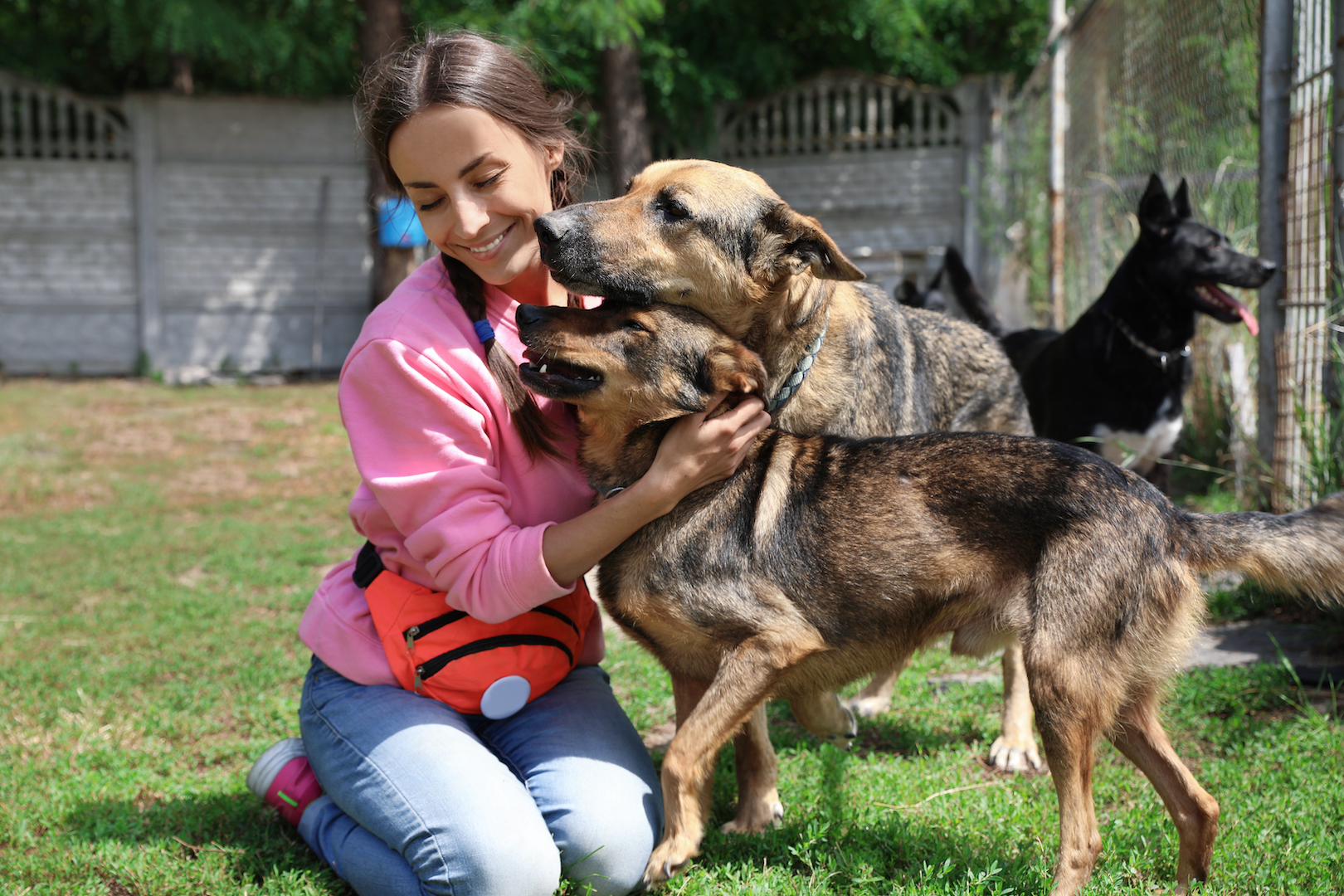
Animal Rescues: A Comprehensive Overview of Their Definition and Activities
Introduction:
Animal rescues play a pivotal role in the United States, standing as beacons of hope for animals in distress. These organizations go beyond conventional shelters, often specializing in specific species, breeds, or situations. In this article, we will explore the definition of an animal rescue in the United States and delve into the diverse activities that define their noble mission and how they differ from an Animal Shelter
Defining an Animal Rescue:
An animal rescue, also known as a rescue organization or a rescue group, is an entity dedicated to the rescue, rehabilitation, and rehoming of animals in need. Unlike traditional shelters, rescues often focus on specific types of animals, such as certain breeds, species, or those facing particular challenges like abuse, neglect, or medical issues. These organizations operate as non-profits and are driven by a passion for animal welfare.
Key Characteristics of Animal Rescues:
- Specialization: One defining feature of animal rescues is their specialization. Rescues may focus on specific breeds, species, or types of animals, tailoring their efforts to address the unique needs of the animals they rescue. This specialization allows them to develop expertise and provide targeted care.
- Housing: A rescue generally operates out of private residences or plot of land. The animals taken in by a rescue are housed in this private residence or their Foster Network.
- Foster-Based Model: Many animal rescues operate on a foster-based model. Instead of housing animals in a centralized facility, they rely on a network of foster homes. This approach provides a home-like environment for animals, promotes socialization, and allows for more personalized care.
- Volunteer-Driven: Animal rescues heavily depend on volunteers who contribute their time, skills, and resources to support the organization’s mission. Volunteers may be involved in various aspects, including animal care, transportation, fundraising, and outreach.
- Medical Care and Rehabilitation: Animal rescues prioritize the health and well-being of the animals they rescue. They often provide extensive medical care, including vaccinations, spaying or neutering, and treatment for injuries or illnesses. Rehabilitation programs may be implemented for animals with behavioral or emotional issues.
Activities of Animal Rescues:
- Rescue Operations: Animal rescues are actively involved in rescuing animals from various situations, such as hoarding, neglect, abuse, or high-kill shelters. They may conduct rescue missions, responding to emergencies and providing a lifeline for animals in distress. Many animal shelters will turn to a rescue for placement with specific breeds.
- Foster Care Programs: The foster-based model is a cornerstone of many animal rescues. Foster families open their homes to animals in need, providing a temporary and loving environment. This model allows for individualized care, socialization, and a better understanding of each animal’s unique personality.
- Medical Treatment and Rehabilitation: Animal rescues prioritize the health of rescued animals. Veterinary care is a crucial component, encompassing vaccinations, spaying or neutering surgeries, and treatment for any existing health issues. Rehabilitation programs address behavioral and emotional challenges, preparing animals for successful adoption.
- Adoption Services: Facilitating adoptions is a central mission for animal rescues. They carefully screen potential adopters, aiming to match animals with homes that meet their specific needs. Rescues often invest time in creating detailed profiles for each animal, highlighting their personalities and any special requirements.
- Community Outreach and Education: Many animal rescues engage in community outreach and educational initiatives. They raise awareness about responsible pet ownership, the benefits of adoption, and the importance of spaying and neutering. Educational programs may target schools, community events, and online platforms.
- Collaboration with Other Organizations: Animal rescues often collaborate with other rescue groups, shelters, and organizations. These partnerships facilitate the sharing of resources, expertise, and support networks, ultimately benefiting a larger number of animals.
Conclusion:
Animal rescues in the United States embody a compassionate and specialized approach to animal welfare. Through their rescue operations, foster-based models, medical care, and adoption services, these organizations make a significant impact on the lives of animals in need. As volunteers and advocates come together to support the mission of animal rescues, they contribute to a collective effort to create a better future for animals across the nation.
Leave a Reply